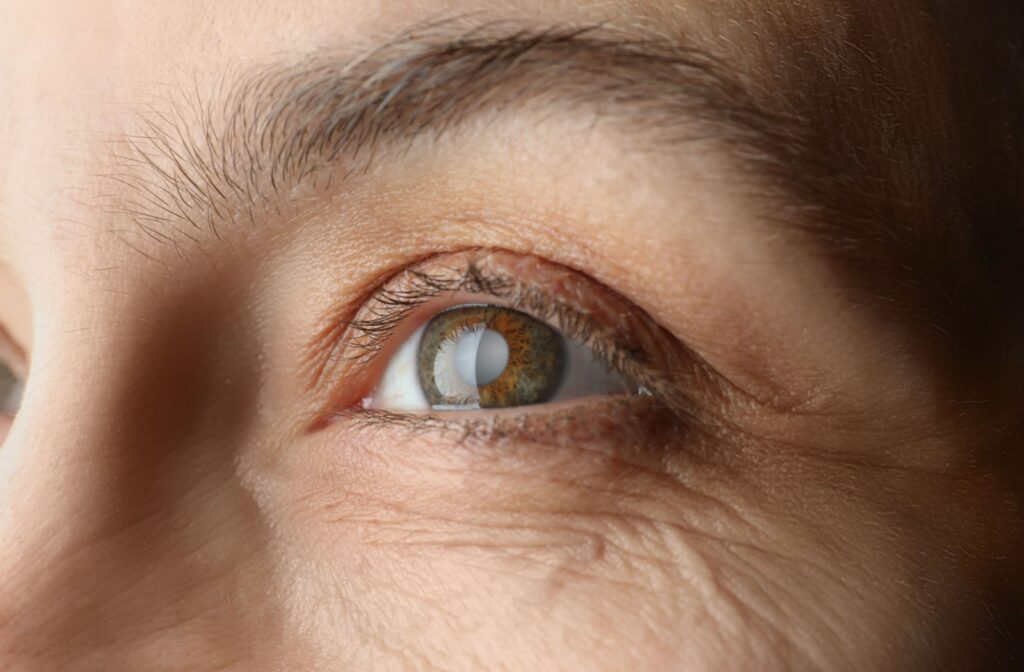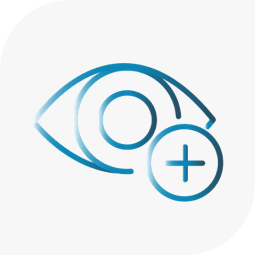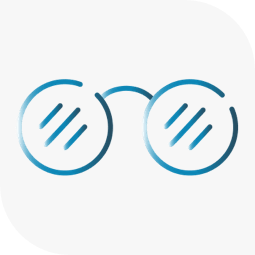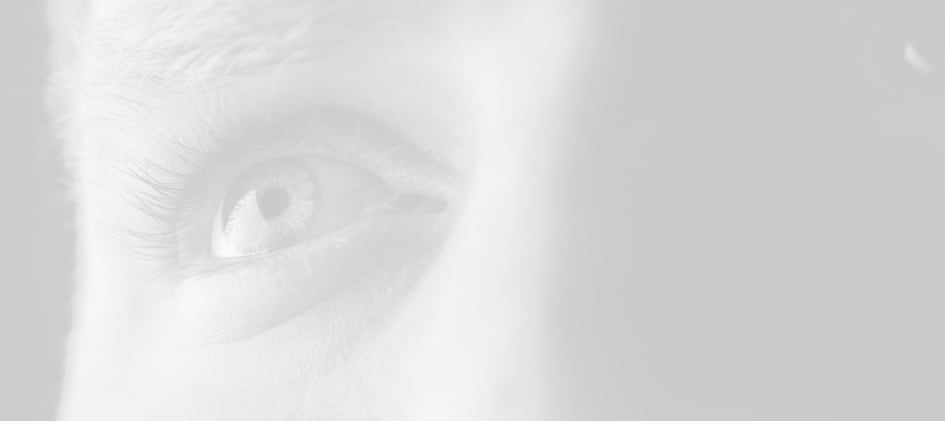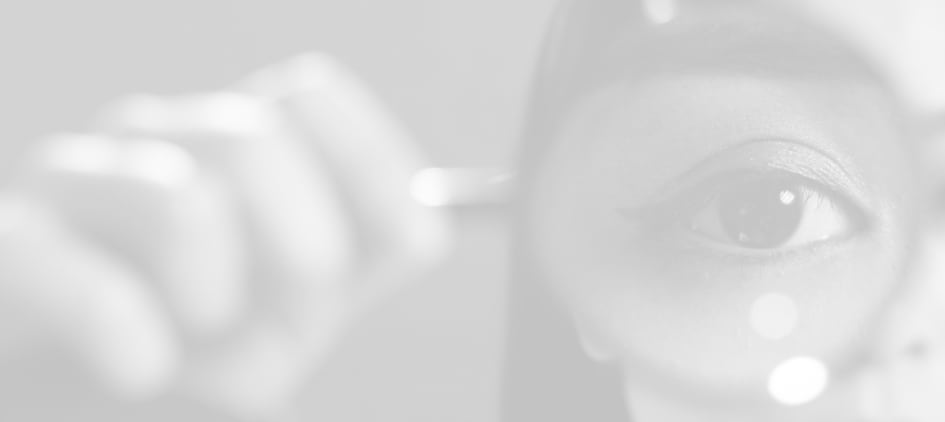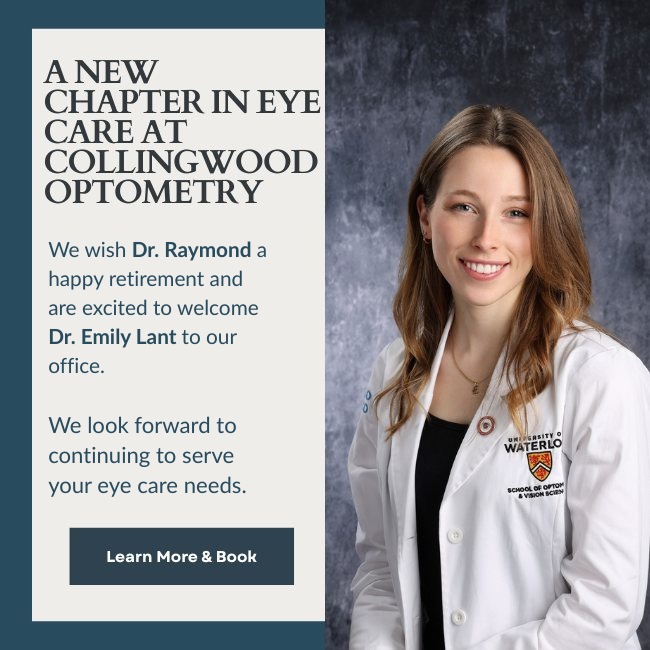Glaucoma is often called the “silent thief of sight” because it tends to develop gradually, without noticeable symptoms in the early stages. This group of eye diseases causes damage to the optic nerve, which is responsible for transmitting visual information from the eye to the brain. If left unaddressed, this damage can lead to permanent vision loss.
The first signs of glaucoma are often subtle and may include gradual loss of peripheral vision, difficulty seeing in low light conditions, or increased eye fatigue. Understanding what to look out for, and how glaucoma can start, can help support early detection and timely treatment. The signs aren’t always dramatic, but they can be meaningful.
How Glaucoma Affects the Eye
Glaucoma is most commonly linked to an increase in intraocular pressure (IOP), which occurs when the eye’s drainage system doesn’t work as efficiently as it should. This pressure can slowly damage the optic nerve over time.
There are different types of glaucoma, but the most common form is open-angle glaucoma. This form of the disease develops slowly and painlessly, which makes it more difficult to catch without regular eye exams.
Other types, like angle-closure glaucoma, may come on suddenly and should be treated as medical emergencies, but these forms are less common.
Signs of Glaucoma
Glaucoma typically doesn’t cause noticeable symptoms until damage has already occurred. That’s why regular comprehensive eye exams are so important; by the time symptoms appear, vision loss may already be underway. Some of the more common signs that can develop in later stages include:
- A gradual loss of peripheral (side) vision
- Difficulty seeing in low light or at night
- Eye fatigue, especially after prolonged screen time or reading
- Slight blurriness or haziness in vision
- Needing more light to read or perform close-up tasks
- A subtle increase in sensitivity to glare
- Trouble adjusting to different lighting conditions
These symptoms are often subtle and can be mistaken for normal changes in vision due to age or tiredness. But if they persist or begin to affect daily activities, it’s worth taking a closer look.
The Silent Nature of Early Glaucoma
One of the most concerning aspects of glaucoma is that it typically doesn’t cause symptoms in its earliest stages, regardless of the type. Damage to the optic nerve can begin silently, without any noticeable changes in vision or discomfort.
By the time symptoms become noticeable, such as peripheral vision loss or eye pain, irreversible damage may have already occurred. Because of this, regular comprehensive eye exams are the most reliable way to detect glaucoma early and help protect your long-term vision.
Peripheral Vision Changes
One of the most telling signs of glaucoma is a slow decline in peripheral vision. People often adjust to this vision loss without realizing it. They might begin to:
- Turn their head more to see objects on the side
- Bump into objects or door frames more frequently
- Feel unsure walking in crowded or unfamiliar spaces
- Miss objects or people in their peripheral view
Because this type of vision loss happens so gradually, many people don’t notice until the damage is more advanced. That’s why routine eye exams are so important; your optometrist can detect changes in peripheral vision before you notice them yourself.
Challenges With Night Vision
Another indicator can be a growing difficulty seeing in low-light environments. You might notice it’s harder to drive at night, or that your eyes take longer to adjust when moving from a bright room into a darker one.
This can be especially frustrating during the winter months when the sun sets earlier and people spend more time driving in the dark. While night vision problems can also stem from other eye issues, they can sometimes suggest glaucoma.

Eyes Feeling More Tired
Increased Eye Fatigue
Eyestrain or fatigue after reading, using a screen, or doing close-up work might not seem like a big deal, but it could be a subtle sign that your eyes are working harder than they used to. This is not unique to glaucoma, but when combined with other changes, it’s worth noting.
You may also experience:
- More frequent blinking to refocus your eyes
- A lingering sense of heaviness or tension around your eyes
- Difficulty concentrating on visual tasks for long periods
- A tendency to squint or adjust your posture to see clearly
If you’re experiencing such symptoms, we may ask you how your eyes feel during and after visual tasks, especially if you’ve noticed any increase in strain or discomfort.
When Symptoms Escalate
Symptoms are more commonly associated with angle-closure glaucoma and may feel more urgent in some cases. These can include:
- Sudden blurry or foggy vision
- Severe eye pain or pressure
- Nausea or vomiting
- Seeing halos or rings around lights
These symptoms typically appear quickly and require immediate medical attention. Most people with glaucoma, however, won’t experience these dramatic symptoms early on.
Angle-Closure Glaucoma
Angle-closure glaucoma often develops suddenly and is considered a medical emergency. Symptoms typically appear quickly and may include severe eye pain, headache, nausea, and blurred vision. These signs require immediate medical attention to help prevent lasting damage.
Open-Angle Glaucoma
In contrast, open-angle glaucoma progresses much more slowly and usually doesn’t cause obvious symptoms in its early stages. Most people don’t realize anything is wrong until irreversible vision loss has already begun. This makes it more difficult to detect without routine eye exams, which are essential for early diagnosis and long-term eye health.
A Team You Can Trust
At Collingwood Optometry & Cwood Eyecare, glaucoma care is approached with expertise, compassion, and a commitment to long-term vision health. Whether you’re experiencing changes in your sight or simply keeping up with routine care, book an appointment today; we’re here to support your vision every step of the way.


